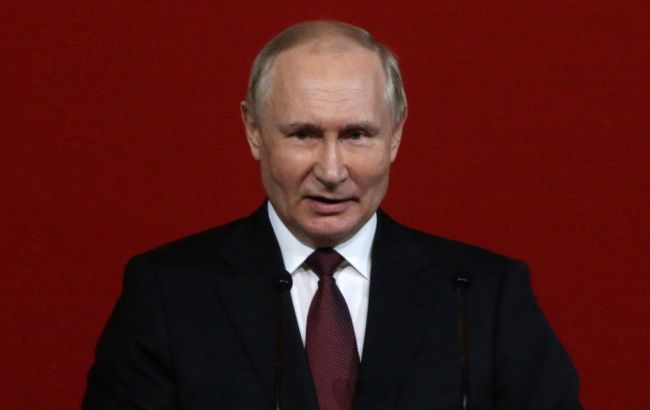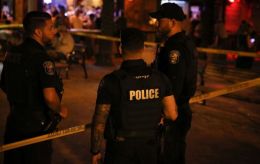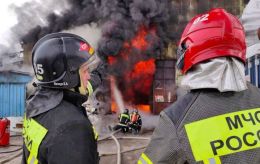Russia's buffer zone: Expert reveals what it really means
 Photo: Russian President Vladimir Putin (Getty Images)
Photo: Russian President Vladimir Putin (Getty Images)
Russia is simply trying to disguise the continuation of the war with invented terms like buffer or sanitary zone, stated military expert Ivan Stupak in a commentary to RBC-Ukraine's YouTube channel.
"This is just a trick, a maneuver. The Russian Federation is waging a war, and now they're trying to wrap the term war in new packaging to give it a fresh sheen. What's actually happening? They continue conducting combat operations, they continue occupying our territory. Now they're calling these areas buffer zones, sanitary zones, neutral zones - whatever they like," Stupak explained.
He explained that Russia consistently follows the same pattern: after seizing territories inhabited by Russian-speaking citizens, it declares these lands historically its own because they are allegedly home to Russian-speaking people, sets up a puppet administration, and eventually integrates the area into the Russian Federation.
After that, according to the expert, the need arises to create a new so-called buffer zone, and the cycle starts all over again. In the end, the war goes on, and the occupation of Ukrainian territory remains Russia's primary goal.
The expert noted that these actions bring no rational benefit — the captured territories offer neither resource value nor strategic advantage. It is an occupation for the sake of occupation.
"It’s irrational, yes, it’s illogical, and it brings nothing. It does not provide trillions of dollars in mineral reserves, access to any spaceport, these territories do not give them anything at all. It’s just occupying for the sake of occupying," he emphasized.
Why a buffer zone won’t work
"From the standpoint of a buffer zone, this concept simply doesn’t work anymore. That term might have made sense in the 17th or 18th century, maybe even during World War I. But as of 2025, a buffer zone doesn’t work," the expert stressed.
In his view, the idea of a buffer zone doesn’t hold up against the realities of modern warfare.
He explained that such zones were historically seen as safety areas between warring sides, the areas out of reach of enemy weapons.
However, with today's technology, that's no longer possible. Drones now travel 10–20 kilometers, and artillery shells can reach 60–70 kilometers or more, making it impossible to create a truly secure area.
"Let’s be realistic: drones, FPVs, can fly 10, 15, even 20 kilometers. So that would mean a buffer zone must be at least 20 km wide. What about shells? Some types fly 60–70 km. Other weapons reach even farther. So logically, it's impossible to create a sanitary zone where nothing happens. That's why I'm convinced this is just wordplay, an attempt to give a new meaning to the old term war," Stupak concluded.
Putin once again talks about a buffer zone
Yesterday, on May 22, Russian leader Vladimir Putin said that the Russian army had begun implementing a plan to create a so-called security buffer zone near the border with Ukraine.
Ukrainian Foreign Ministry spokesman Heorhii Tykhyi immediately reacted to this. In a commentary to journalists, he emphasized that Putin's statements about the creation of a buffer zone are evidence of Russian aggression.
He was followed by Foreign Minister Andrii Sybiha. RBC-Ukraine wrote that he criticized Putin's statement.

